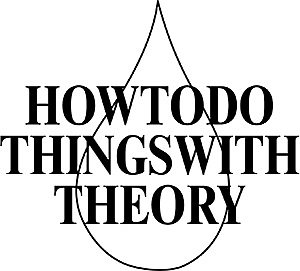Ghost Stories ~ From Month to Month
The seminar is tutored by: Dr. Ana Teixeira Pinto
Participants second year: Ioli Kavakou, Lucas Lugarinho Braga, Zuzana-Markéta Macková
Participants first year: Chloë Janssens, Gabriel Acevedo, Lena Pfäffli, Louis Schou-Hansen, Meii Soh, Seré, Sille Kima, Stephen McEvoy, Weronika Zalewska
Seminar 3 (March) at PAF
The materialization of psychic phenomena was a widespread obsession in late-nineteenth-century occult circles. Around the 1870s, a plethora of psychics claimed the ability to act as conduits or transmitters; much like a human radio frequency receiver, they could allegedly capture cosmic vibrations that were said to manifest in a fashion similar to electromagnetic waves. At the time the field of physiology dealt with telepathy and telekinesis, and there was no clear distinction between the scientific domain of neurophysiology, the emergent field of electromagnetic technologies, and the para-scientific circles of esoteric beliefs and séance gatherings.
Though, at present the concept of media is almost wholly equated with technology, throughout the modern period, it extended beyond the technological field, to include aesthetic and spiritual registers. As T.J. Clark noted, the very notion of mediation already entails some mixture of sensory, perceptual and semiotic elements: what the word “media” refers to, in its widest sense, is a coded mode of materiality, which could be generalised to include all “domains of cultural exchange.” Almost every human culture has a figure that fulfils a mediator-like role, someone who can travel, or act as a psychic conduit, between worlds. Often termed “shamans” by anthropologists, these figures became a cypher for the religious “other” of Europe, during the period in which the West reconceptualised the entities, which are to be assigned the function of a medium, and the ways and means of mediation.
Reading:
Seminar 2 (February) online
In her essay “Inheritance and Finitude,” Donna V. Jones ties the quest for immortality to the temporal structure of the economy, that is, to the “inheritance of assets already accumulated and living on immortally as it were and trivializing the efforts of the living.” In this seminar we will look into fantasies of eternal life, the early 20th century search for supermen types, the conversion of wealth into power, and evolutionary schemas.
Reading:
Seminar 1 (November) in Arnhem
In the gothic novel, all metamorphic entities and/or metamorphosis are figured as a deformation or transmogrification. In a similar manner all economic and geopolitical flows, however mobile, are fixed within an imperial frame. Any conversion that runs counter to the colonial norm is figured as an unnatural inversion. The gothic representations of shapeshifting in Bram Stoker’s Dracula, and Robert Louis Stevenson’s Dr. Jekyll and Mr. Hyde, show how monstrosity is mobilized to connote value conversions via their embellishment with racialized inscriptions of difference, in order to strengthen colonial categories of Self and Other. In Dracula, as Christopher Craft notes, Stoker “borrows from Mary Shelley's Frankenstein and Robert Louis Stevenson's Dr Jekyll and Mr Hyde a narrative strategy characterized by a predictable, if variable, triple rhythm. Each of these texts first invites or admits a monster, then entertains and is entertained by monstrosity for some extended duration, until in its closing pages it expels or repudiates the monster and all the disruption that he/she/it brings.”
Reading:


